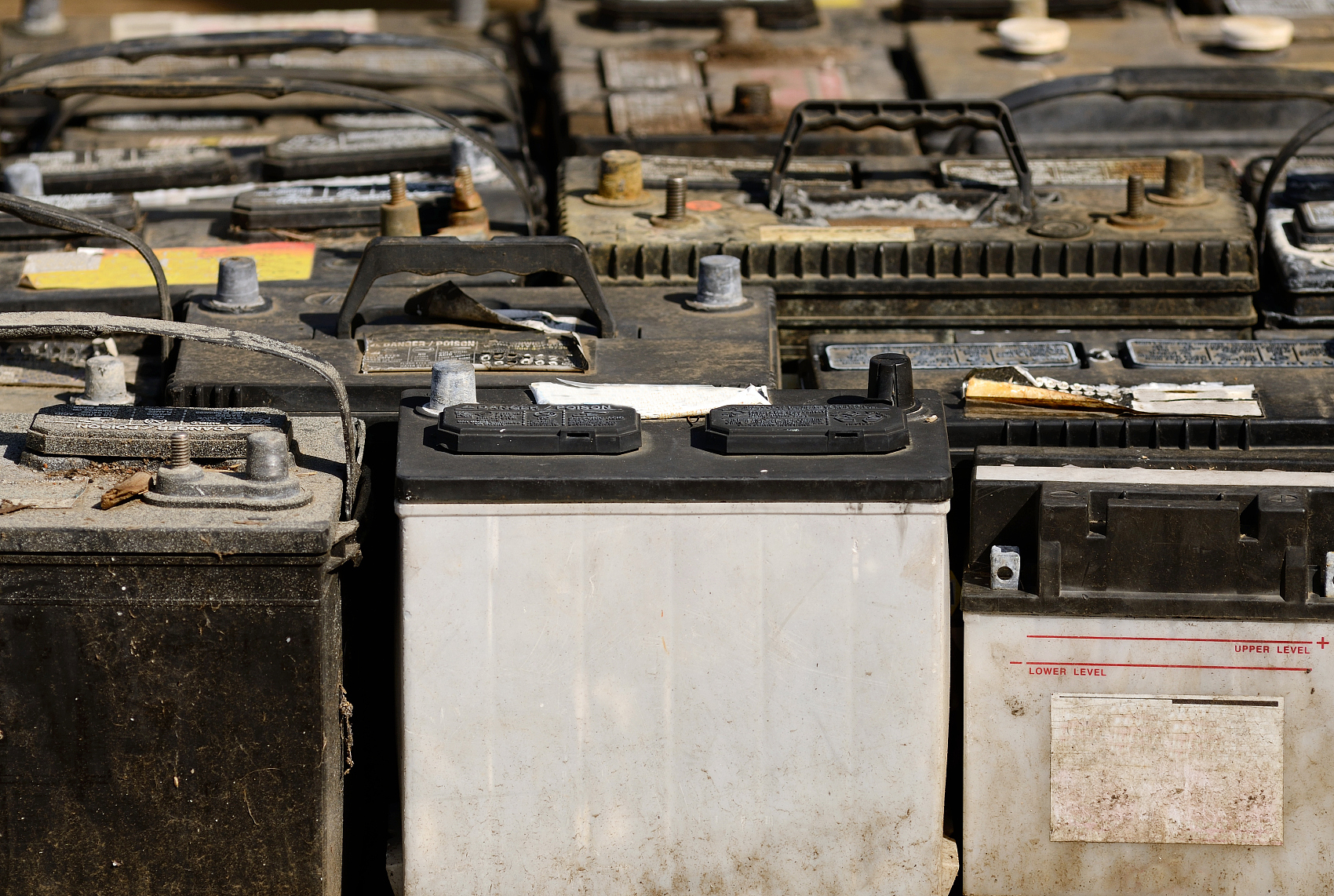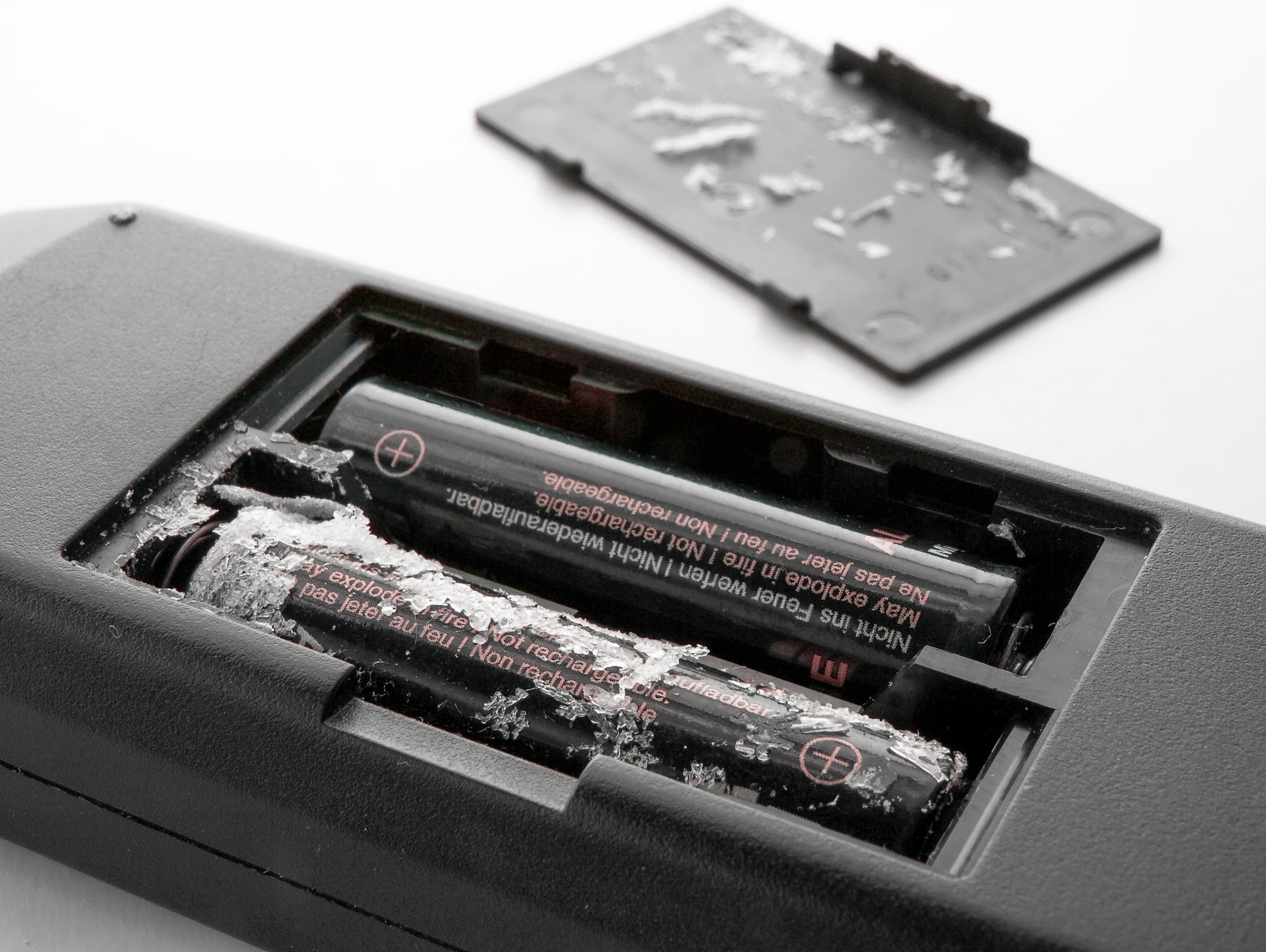欢迎您访问湖北联鸿能源科技有限公司网站,我司主营汽车蓄电池配件、工业蓄电池维护保养产品
全国咨询热线:0710-3313598

 News
NewsIn 2016, the power lithium battery stood out in the traditional lead-acid battery, hydrogen fuel cell, lead-aluminum battery and other competitors, and became the energy direction of the mainstream new energy vehicles on the market. Therefore, 2016 is generally known as the year of lithium. Now, six years have passed, and the first batch of power lithium batteries on the market are gradually entering the end of their battery life. What will happen to the first batch of discarded lithium batteries? This is related to the formation of the industrial loop of lithium battery industry, more related to lithium battery as the final choice of new energy industry is really friendly to environmental protection. So xiaobian will have a good talk with you.

At present, the recycling technology on the market is in the basic research and development or experimental stage, the recovery efficiency of raw materials has not been improved, far less than the raw material recovery rate of more than 85% lead acid battery. At present, if it is not in the hard demand of environmental protection, the recycling benefit of lithium battery is at a low level, lack of mature technical support, and the business model is not clear.
2. Lack of recycling channels for lithium batteries
Lead acid battery industry mature development, there are corresponding manufacturers, distributors, maintainers. According to the Action Plan for Pollution Prevention and Control of Waste Lead Battery issued by the Ministry of Ecology and Environment and other nine ministries and commissions in 2013, these channels can be transformed into recycling outlets for lead-acid batteries. Downstream merchants do recycling storage, upstream recycling in the production of qualified manufacturers for recycling processing, the current renewable lead futures prices rise and fall table, can be seen as the lead acid battery industry barometer.
And the development of the power lithium battery industry is actually short, the lack of ready-made sales and revenue conversion channels, channel development costs will increase accordingly. This also hinders the development progress of lithium battery recycling business. In 2020, for example, a total of 200,000 tons of scrap power lithium batteries were recovered, while only 19,000 tons were recovered through formal channels. In 2016, the production and sales of power lithium batteries have grown exponentially. It can be predicted that the number of discarded batteries will also explode exponentially in the next few years. Whether the recycling industry chain can form a benign interaction with the upstream industry according to the market and environmental protection needs will become the most concerned topic for lithium enterprises and the country in the next stage.
3. Explosive development has hidden dangers
In recent years, the commercialization of lithium battery has developed rapidly, and a large amount of capital has entered the power lithium battery market across industries and sectors, resulting in incomplete information of lithium battery products scrapped year by year, such as battery design capacity, service life, and the ratio of main materials. The market channels and systems of battery recycling are not sound, and the battery flow tracing system is not perfect, which also leads to the secondary inflow of some discarded batteries into the market, and it is difficult to achieve targeted and efficient treatment at the recycling end.
4. Relevant policies and regulations need to be improved
At present, the current industry "new energy vehicle power battery recycling management interim measures" belongs to interim measures, rather than guidance. The uncertainty of policies and regulations also doomed the lithium battery recycling industry can only be led by major lithium enterprises, groping forward.
The above discussion of power lithium battery recycling problem, then the following to talk about some good direction
1. Step utilization of retired batteries
The scrap standard of power lithium battery is that after reaching a certain number of charging cycles, the charged capacity of the battery drops to less than 80%, that is, the battery cannot meet the energy use demand of electric vehicles, and the battery needs to be scrapped and replaced with a new battery that can meet the use requirements of the car. But retired lithium-ion batteries in cars can still meet many secondary storage needs. Such as solar storage batteries, UPS storage cabinets, home backup sources and so on. Just as the battery in a model car can be used for another year and a half in the remote control, this is the step-up use of retired lithium batteries. Pure electric car power lithium battery after recycling only need to go through some simple repair, modification, can continue to shine in the secondary demand market, heating up.

2. Digital advantages of lithium batteries
Lithium battery as the mainstream power supply of electronic products, its development and the digital process of digital human can be said to complement each other. Automotive power lithium battery has been highly combined with intelligent system since its birth. It is believed that after sorting out the market chaos in the early stage, lithium battery with a higher degree of data will have unique advantages in recycling management.
3. Huge development prospect
In 2020, the number of discarded power lithium batteries is about 200,000 tons, and in 2025, the number is likely to reach 730,000 tons, and the market size brought by the sequential utilization alone will be more than 20 billion. Moreover, the recycling of raw materials from start to finish will greatly reduce the production costs of battery companies and lithium electric car companies. Although the relevant technology is not yet mature, major car companies and energy enterprises have already arranged the power battery recycling business in advance. Tesla, Linde, BYD and other industry leaders have invested in the research and development of battery recycling production technology, and have pledged to ensure 100% that every battery from their hands can eventually be turned into raw materials and returned to the production line.
Overall: power lithium battery recycling and regeneration industry is still immature, but the development prospects are very predictable. It is also believed that the improvement of lithium battery recycling technology and industrial chain will inevitably reduce the production cost of power lithium battery from the supply side. In the early years, we often said that half of the price of a pure electric car is in the battery. We believe that when these batteries purchased now are retired, we can certainly replace them with the power lithium battery with lower price and better quality.
Click here to learn more about the battery industry